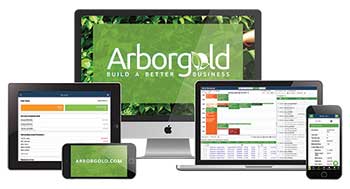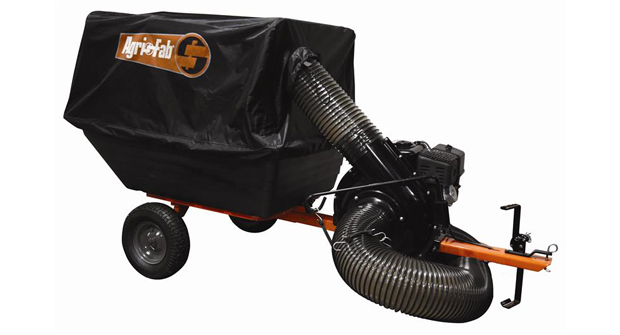
It’s never been more important to be comfortable with a service software platform, especially with the social distancing and safety measures and the partially remote workforces of today’s landscape companies.
“With the shortage of labor, companies are looking for a way to innovate, be more efficient and use more technology,” says Donna Garner, CMO of Arborgold.
Kevin Kehoe, founder of Aspire Software, agrees. He says that in crisis situations, “with cloud and mobile technology, (business owners) have all the information they need to start assessing a situation and making decisions.”
Landscape Management spoke with Garner, Kehoe and Curt Conrad and Chris Ascolese of GIS Dynamics about trends they are seeing with service management software programs and the positives they bring to a landscape operation.
On the go
Garner reports that she’s been seeing more of a demand for mobile technology, especially in the age of social distancing. Companies are equipping every person on their crews with a mobile app, so
they can track time, record data and share information on clients and jobs.
Arborgold’s field service management software is geared toward companies that have multiple service lines in the green industry, such as landscaping, hardscaping, tree care and plant health care. It addresses each of the unique pricing and bidding needs of each of those industries, according to Garner.
Now that many landscape companies have a portion of their workforces working from home, Garner says that service management software has become more important than ever to unite the entire company under one platform where everyone can communicate about clients’ accounts.
Productivity hacks
Kehoe stresses another function of software is how it can help make users more productive. He refers to systems like Aspire as a “system of record” where most of a company’s tasks, like payroll, scheduling, invoicing and equipment tracking, are housed in a single platform.
According to Kehoe, the landscape industry faces two challenges: the shortage of middle management talent and low profit margins.
“The average net profit margin for the industry is 6 percent, and it should be 12 percent,” he says. “People talk about the lack of talent at the crew level, but what they don’t really talk about is middle management — the people who do everything else: sales, renewals, account management. The technology can help you meet your people overhead need by making your (middle management) staff 30 to 40 percent more efficient.”
As for crew members, Kehoe estimates they operate at 70 percent efficiency because they don’t have enough information to do the job the right way the first time.
Service management software can help crews consolidate material lists, property notes and all the information a crew member needs to do the job.
“You’re a better decision maker, and this means fewer mistakes and less wasted money and time,” Kehoe says. “The number of steps you have to do to complete a task is simplified, plus the system knows you completed a task because it was documented and recorded in the system.”
Time management
Technology can help companies cut back on time and fuel costs, as well. Curt Conrad, president of GIS Dynamics, the company behind Go iLawn, refers to Go iLawn as a web-based measuring and property intelligence system that allows landscape contractors to create site maps using aerial and satellite imagery. Those site maps are stored in the cloud and can be used to create estimates and bid on jobs.
“Anything that involves viewing and measuring the property we bring to life remotely,” he says. “It saves a lot of time and energy.”
Chris Ascolese, business development, GIS Dynamics, explains that features like offering a variety of satellite views of a job site give contractors the ability to accurately measure properties in a matter of minutes, rather than spending the labor and fuel to take on-site measurements.
The challenges
As with any technology, educating people on its existence and its value can be an obstacle, Garner says. “If you’re not aware of it, you don’t know that it could take your business to the next level of automation and being efficient,” she says.
There are two types of people in your business you should be aware of when it comes to implementing software, Kehoe says. “Know the blockers, the people who will say, ‘This isn’t going to work,’” he advises. On the other hand, he says companies should also identify and focus on leaders — the people who are respected, competent and valued — and get them on board, because those are the people who actually get the software implemented.
The initial setup of software can be more involved than people expect. Kehoe recommends that business owners proceed with the end in mind and think about the information and data they want to track. This will help them set the system up right from the beginning and reduce any frustration with implementing and using the software.
On the horizon
Garner says that landscape professionals want better data visualization and automation, and that’s where she sees software going.
Kehoe predicts that there could be future connections between software like Aspire and applications that accomplish specific tasks like offering drone imagery or controlling irrigation systems.
“No one software could possibly do everything,” he says. “You have a million things that you need to automate, so integrations with technology like a system of record, that’s going to be a huge trend in the next five or six years.”


